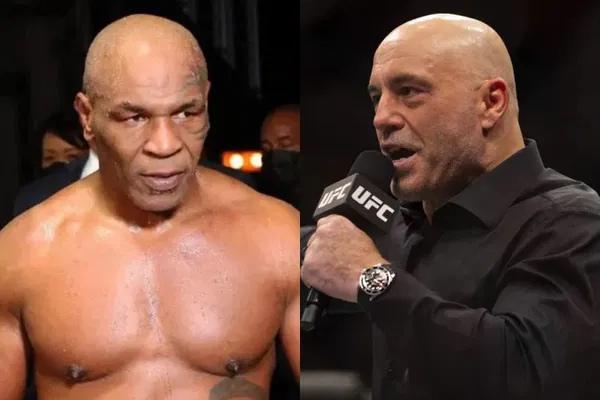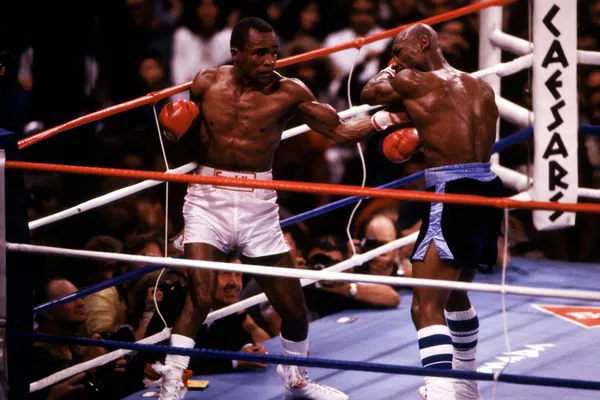
Mike Tyson and Marvin Hagler: Training Legends Beyond the Myths
Some stories from the fight world are so brutal and surreal, they feel more like myth than history. Like the image of a young Mike Tyson charging through dim alleyways before dawn, shadowboxing with ghosts as the world sleeps. Or Marvin Hagler disappearing into isolation, sprinting across snow-covered dunes in combat boots, shouting “War!” into the cold. These stories sound exaggerated, but according to UFC commentator Joe Rogan, they are rooted in truth—truth even more intense than legend.
In episode #2316 of the Joe Rogan Experience, Rogan sat down with his longtime friend and hunting companion Cameron Hanes to talk about extreme training regimens in combat sports. They acknowledged that gym talk often involves wild exaggerations. Rogan admitted, “You always hear exaggerations that come out of fight gyms.” But when Hanes brought up Tyson’s infamous 4 a.m. workout routine, Rogan confirmed it was completely real. Tyson wasn’t just myth-making; his early morning runs and intense bodyweight workouts actually happened.
Then the conversation shifted to Marvin Hagler. Rogan described Hagler’s solitary and severe training routine as even more extreme. He detailed how Hagler would run up and down the sand dunes in Cape Cod during the dead of winter, screaming “War!” and throwing punches into the air. Hagler wore combat boots during these runs, emphasizing the raw, Spartan nature of his preparation.

Rogan emphasized that Hagler’s mindset was just as intense as his physical routine. Before a fight, he would tell his family he was disappearing and then vanish completely for months. He would lock himself away in the Provincetown Inn—no phone, no contact, no distractions—immersing himself in a warrior’s isolation.
Every day followed the same punishing rhythm: icy runs, countless rounds of sparring, endless drills. Hagler didn’t train for publicity or glory. He trained with the singular goal of breaking his opponents—mentally and physically—before they even stepped into the ring.
This kind of dedication has turned both Tyson and Hagler into larger-than-life figures. But, as Rogan emphasized, their realities were more brutal and relentless than any myth ever could be. They weren’t just athletes; they were self-forged weapons, engineered for destruction.
Rogan didn’t stop there. He took the conversation further by comparing Tyson to another boxing legend: Rocky Marciano. This age-old fantasy matchup often sparks debate—what would happen if a prime Mike Tyson fought the undefeated Marciano? Rogan’s take was direct: Tyson would have demolished him.
He acknowledged Marciano’s incredible toughness and endurance. The man ran 10 miles in the morning, 5 in the evening, swam across lakes, and sparred endlessly. Rogan deeply respected Marciano’s grind. But in his eyes, Tyson represented a different level of ferocity. The sport had evolved by Tyson’s time. Fighters were faster, stronger, and more aggressive.
Though Tyson and Marciano stood at the same height, Tyson’s frame carried 220 pounds of explosive muscle and violent intent. Rogan stressed that Tyson’s opponents weren’t just bigger than Marciano’s—they were more dangerous. The power and pace of Tyson made him a terrifying force, even among boxing greats.
In the end, Rogan wasn’t dismissing Marciano’s achievements. Instead, he drew a line between greatness and overwhelming dominance. Marciano was a legend of his era. Tyson, Rogan argued, was something entirely different—a force of nature. Whether you agree or not, the conversation reignites the timeless debate: Who would win in the ultimate clash of titans?